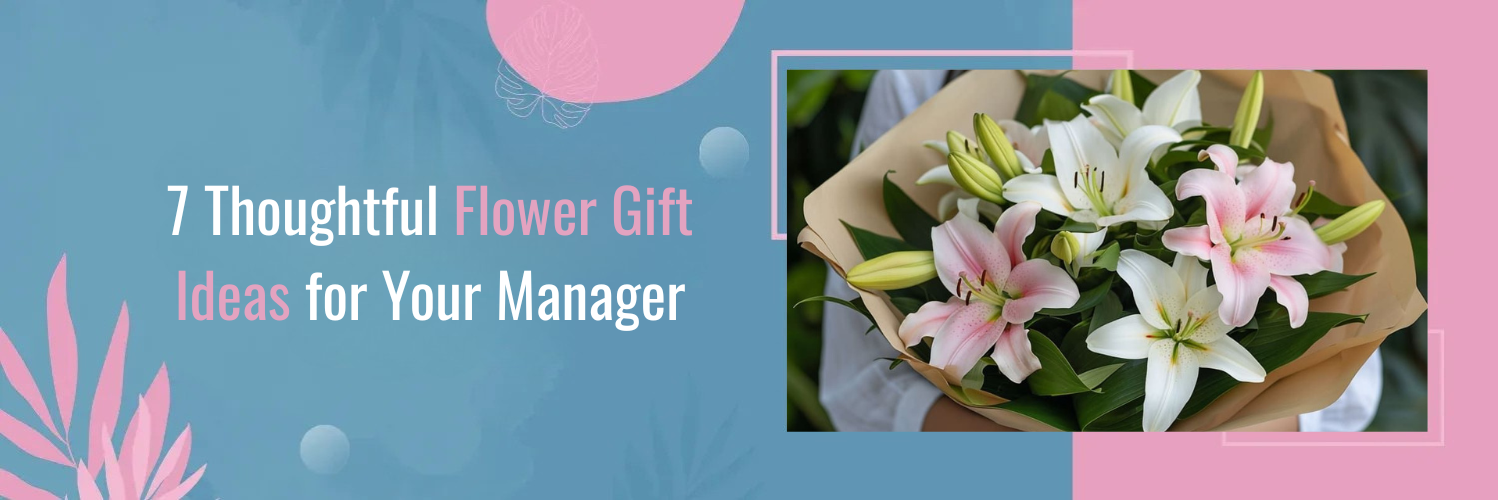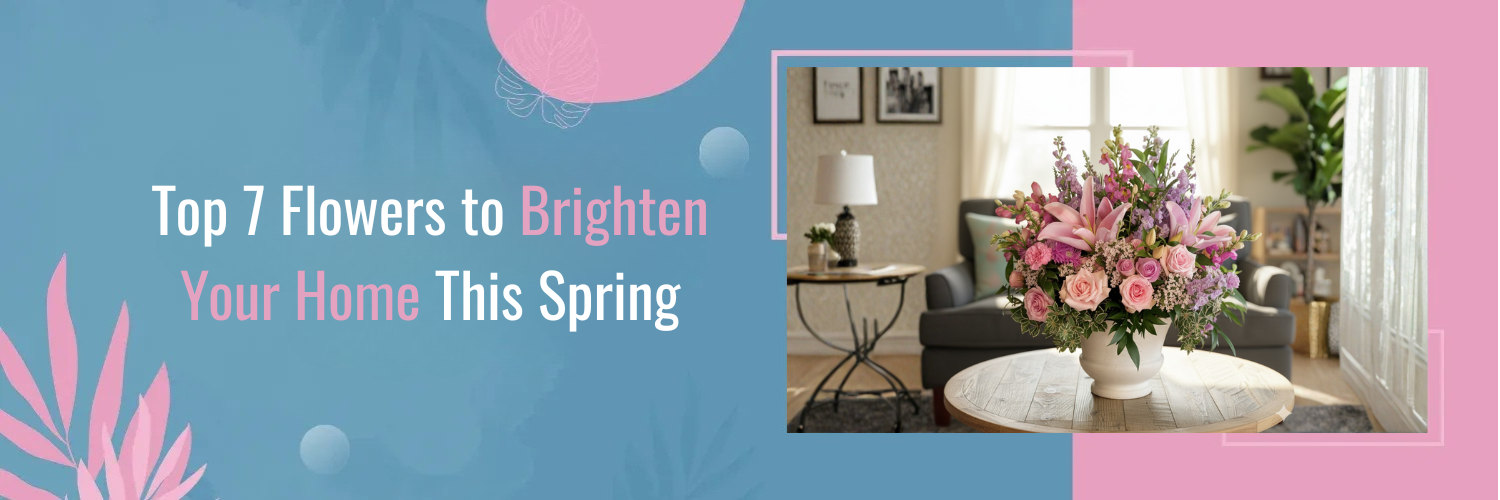History and Origin of Hibiscus
The exact origin of hibiscus is unknown, but it is believed to have originated in Southeast Asia. Hibiscus has been cultivated for centuries, and it is mentioned in ancient Chinese, Indian, and Egyptian texts. Hibiscus was introduced to Europe in the 16th century, and it quickly became popular as an ornamental plant.
Hibiscus: A Tree or Plant?
Hibiscus is a bit of a mixed bag—it includes both trees and plants. Some types of hibiscus can grow into small trees, usually in warmer areas. These tree-like hibiscus have a wooden trunk and can be a few feet to several meters tall. Others stay bushier and don’t develop a proper tree trunk.
On the flip side, you’ve got hibiscus varieties that act more like shrubs. These guys have a bunch of stems coming up from the ground and they’re not as tall as the tree-like ones. The cool thing about hibiscus, no matter if they’re tree-ish or shrub-ish, is those eye-catching trumpet-shaped flowers in all sorts of vibrant colors. People love growing them to make gardens and landscapes pop.
So, in a nutshell, hibiscus can be trees or smaller shrubby plants. It all comes down to the type and where they’re growing.
Different Species and Varieties

There are over 200 species of hibiscus, but the most common species are:
Hibiscus Rosa-sinensis (Tropical Hibiscus)
This is the most popular species of hibiscus. It is native to Southeast Asia, but it is now grown in tropical and subtropical regions around the world. Tropical hibiscus plants have large, colorful flowers that can be red, pink, orange, yellow, purple, or white. They are often used as ornamental plants, but they can also be used to make tea.

Hibiscus Syriacus (Rose of Sharon)
This species is native to Europe and Asia. It is a deciduous shrub or small tree that can grow up to 10 feet tall. Rose of Sharon plants have large, showy flowers that can be white, pink, purple, or blue. They are often used as ornamental plants, but they can also be used to make tea.

Hibiscus Sabdariffa (Roselle or Sorrel)
This species is native to Africa. It is a perennial shrub that can grow up to 6 feet tall. Roselle plants have large, trumpet-shaped flowers that are red, pink, or yellow. The sepals (the leaf-like structures that surround the petals) are also edible and are used to make tea, jelly, and syrup.
Health, Beauty, and Nutritional Value

Hibiscus has a number of health benefits. It is a good source of antioxidants, which can help protect the body against damage from free radicals. Hibiscus has also been shown to lower blood pressure, reduce inflammation, and improve heart health. Additionally, hibiscus tea may help with weight loss.
Culinary Uses of Hibiscus
Hibiscus is used in a variety of culinary dishes around the world. In Southeast Asia, hibiscus flowers are often used to make tea. Roselle sepals are also used to make tea, jelly, and syrup. In Mexico, hibiscus flowers are used to make a refreshing drink called agua de jamaica. In the Caribbean, hibiscus flowers are used to make a drink called sorrel.
Uses of Hibiscus in Beauty and Personal Care
Hibiscus has a number of uses in beauty and personal care. Hibiscus tea can be used to rinse hair to help improve its shine and condition. Hibiscus extract can be used in skin care products to help reduce inflammation and improve skin tone.
Growing and Caring for Hibiscus Plants

Growing and caring for hibiscus plants can be a rewarding experience. These colorful and vibrant flowers add a touch of tropical beauty to your garden or indoor space. Here are the steps to help you successfully grow and care for hibiscus plants:
Growing a hibiscus plant involves several key steps to ensure its health and vibrant blooms. Here’s a step-by-step guide to help you successfully grow a hibiscus plant:
1. Choose a Suitable Location
Select a location that receives plenty of sunlight. Hibiscus plants thrive in full sun to part shade, so choose a spot with at least 6 hours of direct sunlight per day.
2. Prepare the Soil
Plant hibiscus in well-draining soil with a pH between 6.0 and 7.0. You can improve drainage by adding organic matter like compost to the soil before planting.
3. Planting
Plant hibiscus at the same depth it was in its nursery pot. If you’re planting multiple hibiscus plants, space them about 3 to 6 feet apart, depending on the variety.
4. Watering
Water the plant thoroughly after planting and then keep the soil consistently moist. Water when the top inch of soil feels dry. Be careful not to overwater, as hibiscus plants don’t like to sit in waterlogged soil.
5. Fertilization
Start fertilizing once new growth appears, typically in early spring. Use a balanced, water-soluble fertilizer with equal amounts of nitrogen, phosphorus, and potassium (such as 10-10-10 or 20-20-20). Follow the instructions on the fertilizer label for application rates.
6. Pruning
Regularly prune your hibiscus to encourage branching and more blooms. You can prune to shape the plant, remove dead or diseased branches, and promote new growth. Pinching back the tips of young branches can encourage bushier growth.
7. Mulching
Apply a layer of organic mulch, such as wood chips or straw, around the base of the plant. Mulch helps retain soil moisture, suppresses weeds, and regulates soil temperature.
8. Pests and Diseases
Monitor your hibiscus for signs of pests or diseases, such as aphids, whiteflies, or fungal infections. Treat any issues promptly using appropriate pesticides or treatments.

9. Support for Tall Varieties
If you’re growing a taller hibiscus variety, consider providing support in the form of stakes or a trellis to prevent the plant from bending or breaking due to strong winds.
10. Cold Protection (for Tropical Varieties)
If you’re growing tropical hibiscus in a colder climate, bring the plant indoors before the first frost. Place it in a bright location indoors, and reduce watering during the dormant period.
11. Enjoy the Blooms
With proper care, your hibiscus plant should reward you with stunning and vibrant blooms. Depending on the variety, hibiscus flowers can be single or double, and they come in a wide range of colors.
12. Ongoing Care
Continue to water, fertilize, and prune your hibiscus plant as needed throughout the growing season. Regular care will help maintain its health and promote continuous flowering.
Remember that hibiscus plants might have specific care requirements depending on the variety and your local climate. Always observe your plant closely and adjust care practices accordingly.
Conclusion

Hibiscus is a versatile and beautiful plant that has a long history of use in many cultures around the world. It is a good source of antioxidants and has a number of health benefits. Hibiscus is a versatile and beautiful plant that has a long history of use in many cultures around the world. It is a good source of antioxidants and has a number of health benefits. Hibiscus is also used in a variety of culinary dishes and beauty products. If you are looking for a plant that is both beautiful and beneficial, hibiscus is a great choice.
Armed with the insights shared in this guide, you’re well-prepared to embark on your hibiscus-growing journey. Also, should you desire a selection of exquisite floral arrangements, we invite you to explore the array of products and services offered by Bourke’s Florist. Visit www.bourkesflorist.com.au
and discover a world where beauty blooms at every turn.
FAQs
Q: Is hibiscus safe for everyone to consume?
Hibiscus is generally safe for most people to consume. However, it is important to note that hibiscus can interact with certain medications, so it is always best to talk to your doctor before starting to drink hibiscus tea.
Q: How often should I water my hibiscus plant?
The frequency of watering your hibiscus plant will depend on the climate and the type of soil it is planted in. In general, hibiscus plants need to be watered regularly, especially during the hot summer months. However, it is important to avoid overwatering, as this can lead to root rot.
Q: Can hibiscus be grown indoors?
Yes, hibiscus can be grown indoors. However, it is important to choose a variety that is well-suited for indoor growing. Some good choices for indoor hibiscus plants include Hibiscus rosa-sinensis and Hibiscus syriacus.
Q: Are there any side effects of hibiscus tea?
Hibiscus tea is generally safe for most people to drink. However, some people may experience side effects such as nausea, vomiting, and diarrhea. If you experience any of these side effects, it is important to stop drinking hibiscus tea and talk to your doctor.
Q: How can I differentiate between different hibiscus species?
The different species of hibiscus can be differentiated by their flower color, shape, and size. For example, Hibiscus rosa-sinensis typically has large, colorful flowers, while Hibiscus syriacus has smaller, more delicate flowers. Hibiscus sabdariffa has distinctive red sepals that are used to make tea.

























